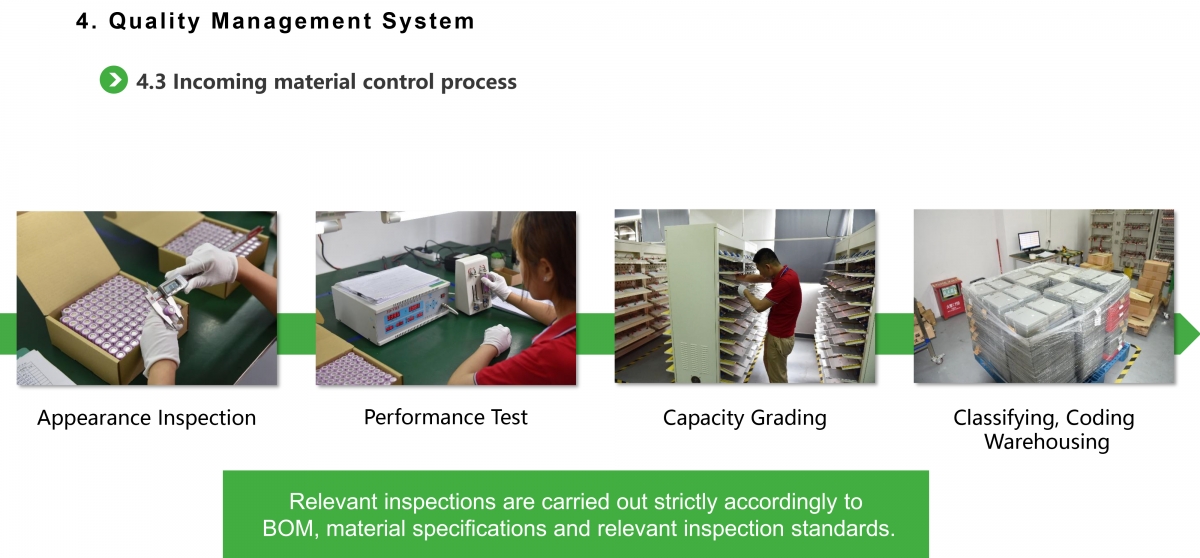- 09
- Nov
Tesla 21700 Battery new technology
According to foreign media reports, Tesla recently applied for a new patent to isolate defective battery cells to prevent them from negatively affecting functional battery cells, thereby improving battery safety.
The background of Tesla’s development of this patent is that because the battery cells will produce heat during the charging process and when they release energy, Tesla found that defective battery cells will generate heat, which will affect the functions of the surrounding battery cells. Causes continuous failure of the battery. Therefore, it developed a patent.
The Tesla patent details a complex system that creates an interconnect layer (inter-connectivity layer) that monitors and adjusts the temperature and pressure in the battery pack by isolating faulty components.
The Tesla Model 3 is equipped with the latest generation of batteries, 21700 battery cells. Tesla proved that the battery cell has a higher energy density than any electric vehicle battery cell because it greatly reduces the cobalt content, vigorously increases the nickel content, and the battery system maintains overall thermal stability. Tesla also pointed out that the chemical composition of the nickel-cobalt-aluminum positive electrode of the new Tesla battery cell is lower than the content in the next-generation battery of the competitor.

Tesla’s new patents once again show that despite the company’s leadership in battery technology, it is still driving innovation.
What is the magic of 21700?
The most intuitive difference between 21700 and 18650 batteries is the larger size.
Due to the limitation of battery material performance, increasing energy density by adding new volume has become a key consideration for the company. my country clearly proposes that in 2020, the energy density of power lithium-ion battery cells will exceed 300Wh/kg, and the energy density of power lithium-ion battery systems will reach 260Wh/kg; in 2025, the energy density of power lithium-ion battery systems will reach 350Wh/kg. The continuously increasing energy density requirements of power lithium-ion batteries are bound to continue to promote the reform of lithium-ion battery models.
According to the information disclosed by Tesla at the beginning of this year, under current conditions, the energy density of its 21700 battery system is about 300Wh/kg, which is about 20% higher than the 250Wh/kg of its original 18650 battery system. The increase in battery capacity means that the number of cells required for the same energy is reduced by about 1/3, which reduces the difficulty of system management and simplifies the number of accessories such as metal structures, although the weight and cost of a single cell have increased , But the weight and cost of the battery system PACK have been reduced.
The invention of this new isolation technology allows the 21700 cylindrical battery with higher energy density to be well maintained in terms of thermal stability.
Comment: In terms of cylindrical batteries, Chinese battery companies still have a lot to learn from Japan’s Panasonic. At present, BAK, Yiwei Lithium Energy, Smart Energy and Suzhou Lishen have all deployed 21700 battery products. The transformation of the production line mainly involves the cutting, winding, assembling, forming and other links of the middle and later stages, and the cost of mold adjustment for the semi-automatic line is relatively low. It is more convenient for battery manufacturers to transition from the original mainstream 18650 to 21700, and they will not invest too high equipment technical transformation costs and new equipment investment. However, my country’s car companies lag far behind Tesla in terms of battery management technology, and there are too many homework to make up.
